Test drive: Toyota Rush 1.5S
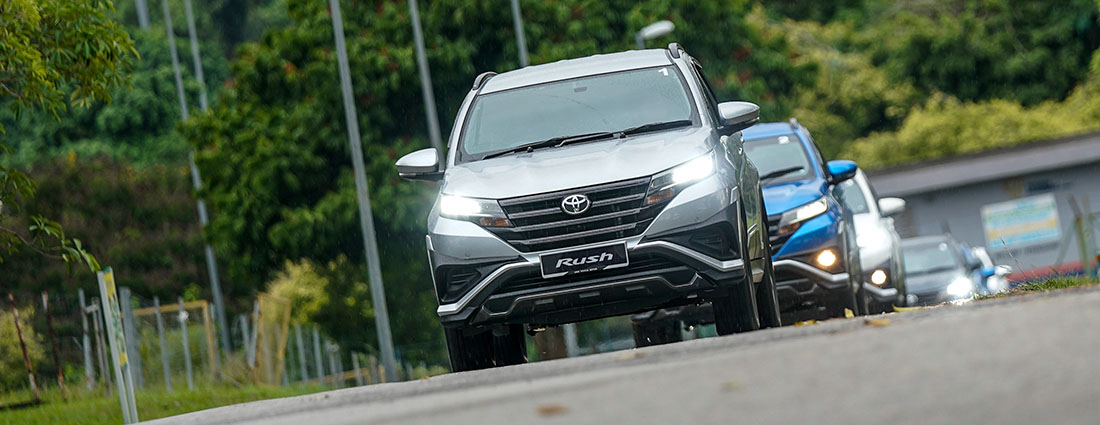
Let’s face it, the new Toyota Rush is not small. It’s not large either, and at best it’s big-ish. A Vios probably have more knee room but the taller ride height and a significant glass panel past the C-pillar lends the cabin an airier feel. Here’s one more to think about – unless you’re four feet tall standing on your toes, you won’t feel great seated in the third row.
The fact there’s two extra seats at the back – tight squeeze and all – is a good selling point. Proof: Honda made the BR-Z and it also sold well. I don’t reckon most owners bought the first-gen Rush because it seats seven, but the fact that it can is good enough. Sure, I’ll throw in that powerful ceiling-mounted air-conditioning feature as a major plus point. That’s about it.
The new Rush is a major move forward for this nameplate. First, it looks much better. Toyota has successfully given it a much more current design with sharp angles and strong lines. The flank is probably its best side, even if that upside-down chrome notch at the lower part of the doors make it too complicated. UMW Toyota includes a standard aerokit impressively named ‘R-Blade’ design to both 1.5G and 1.5S variants.
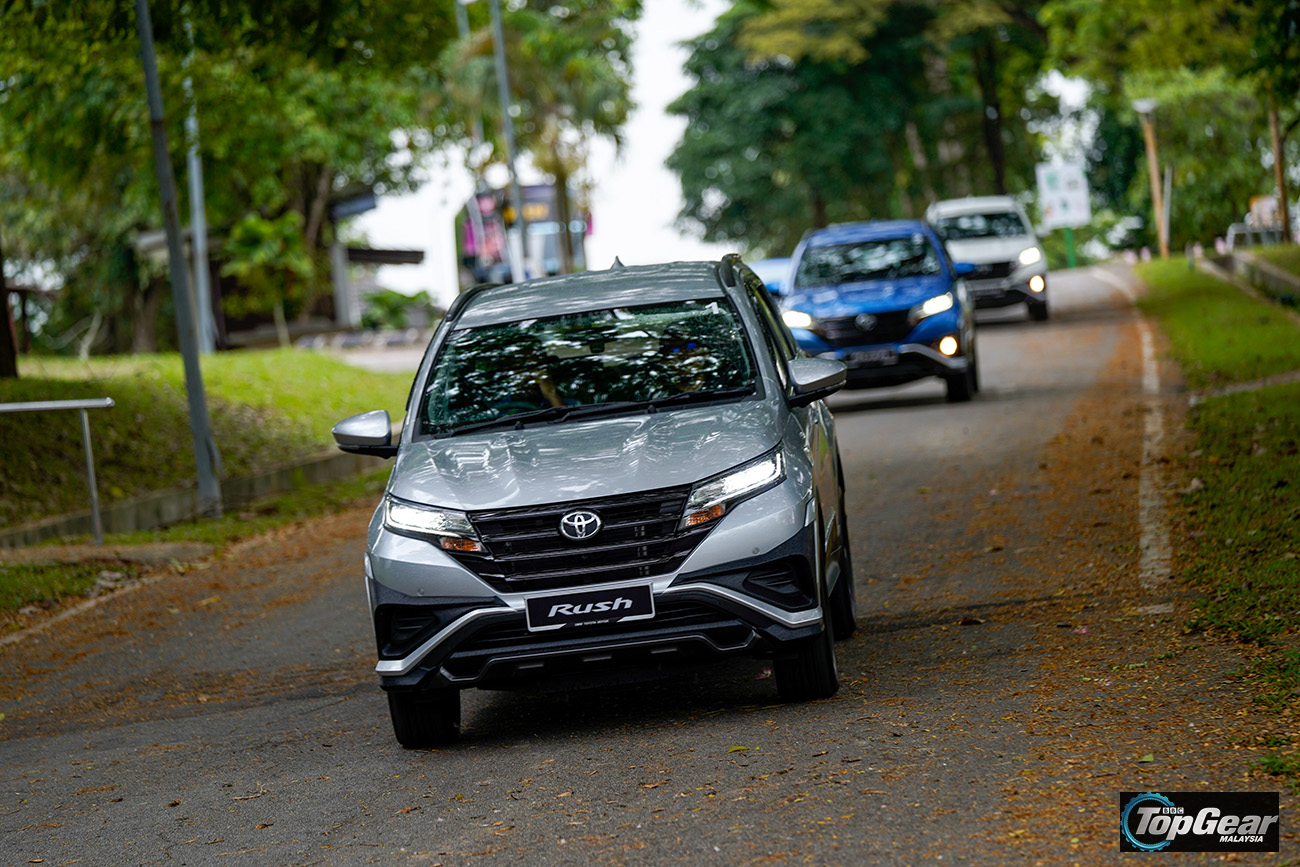
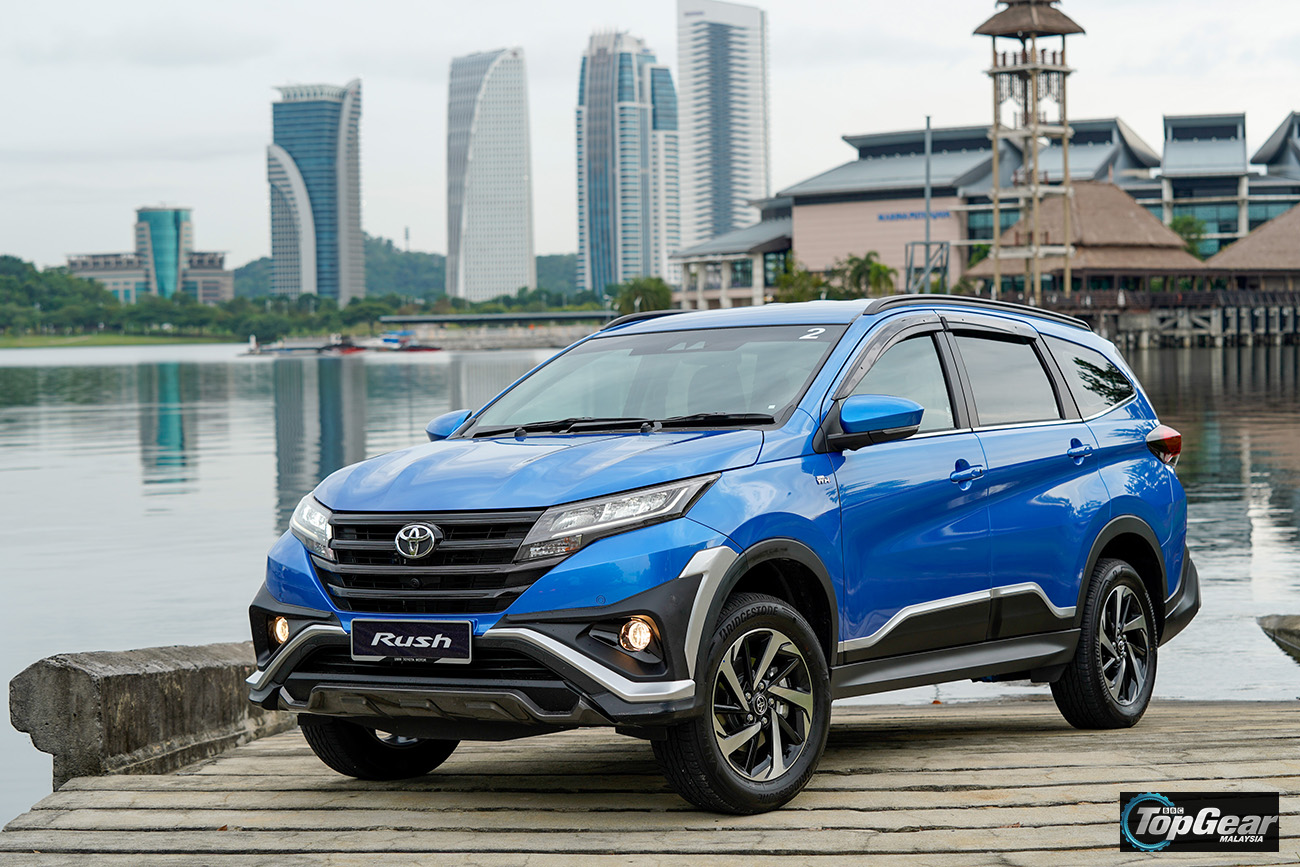
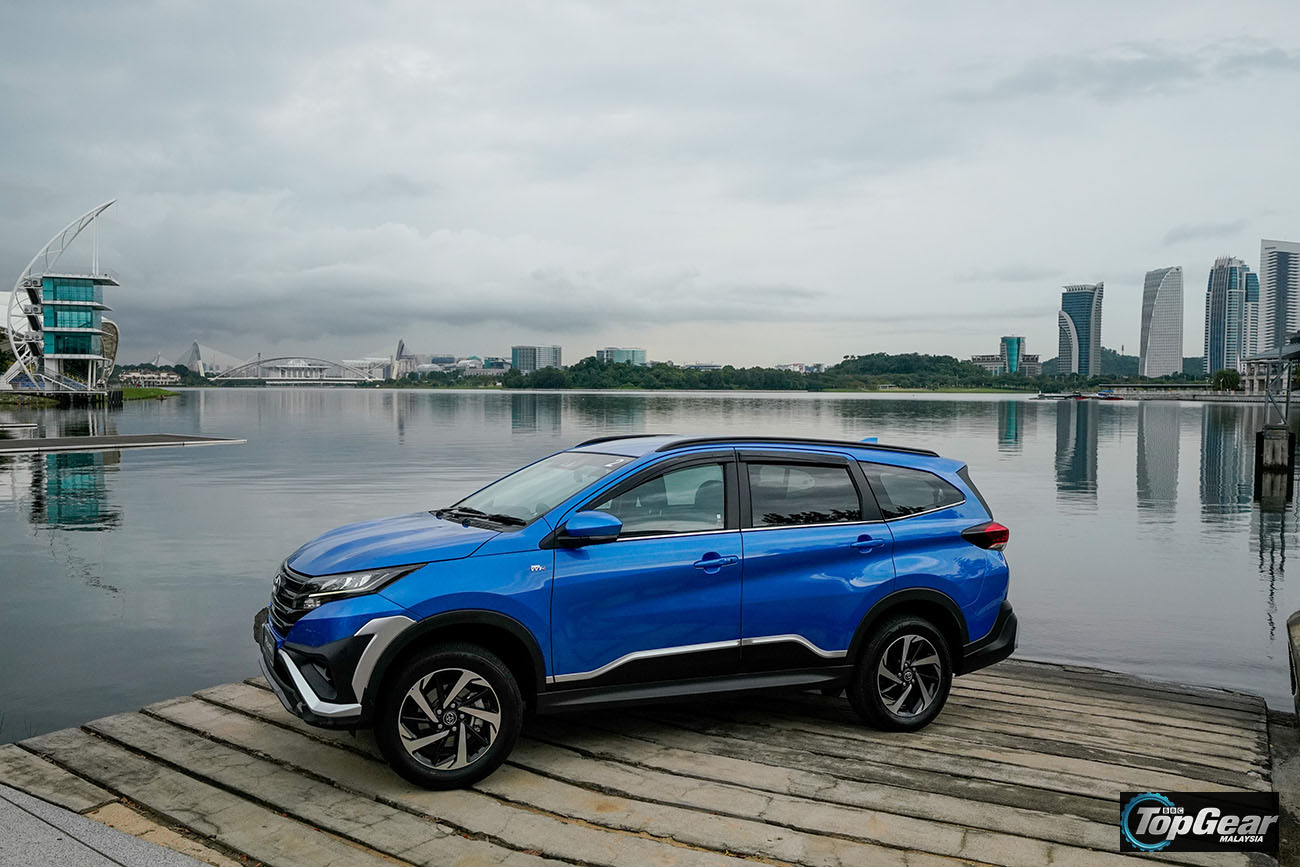
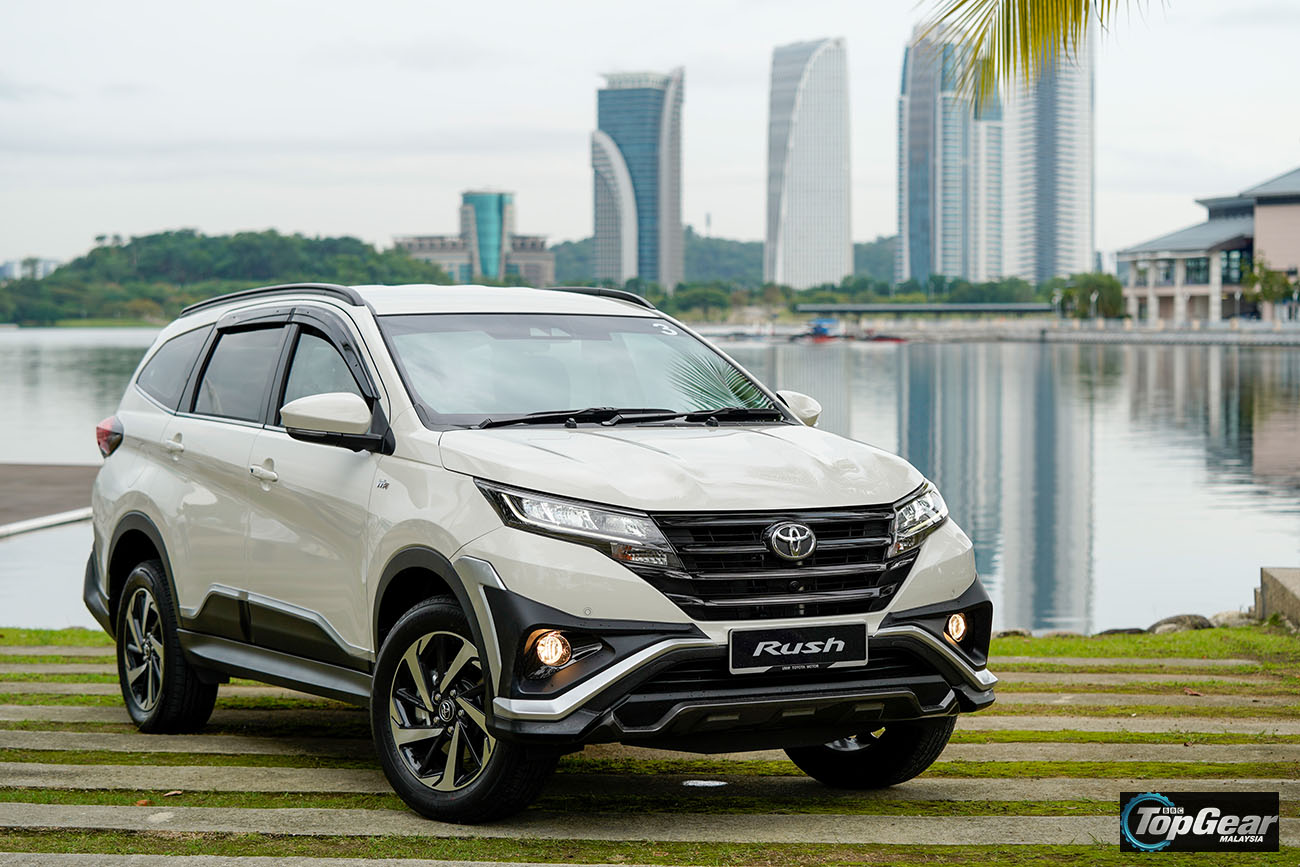
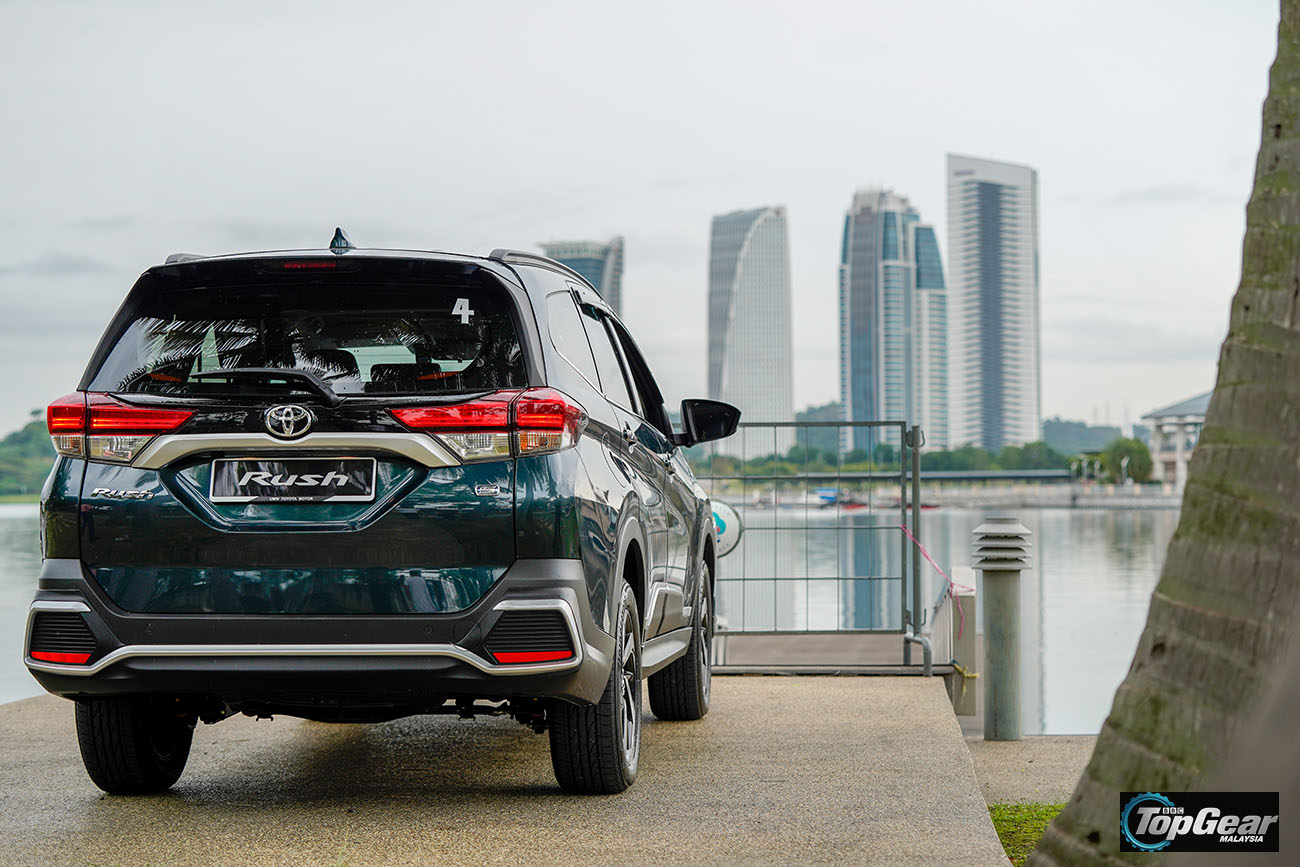
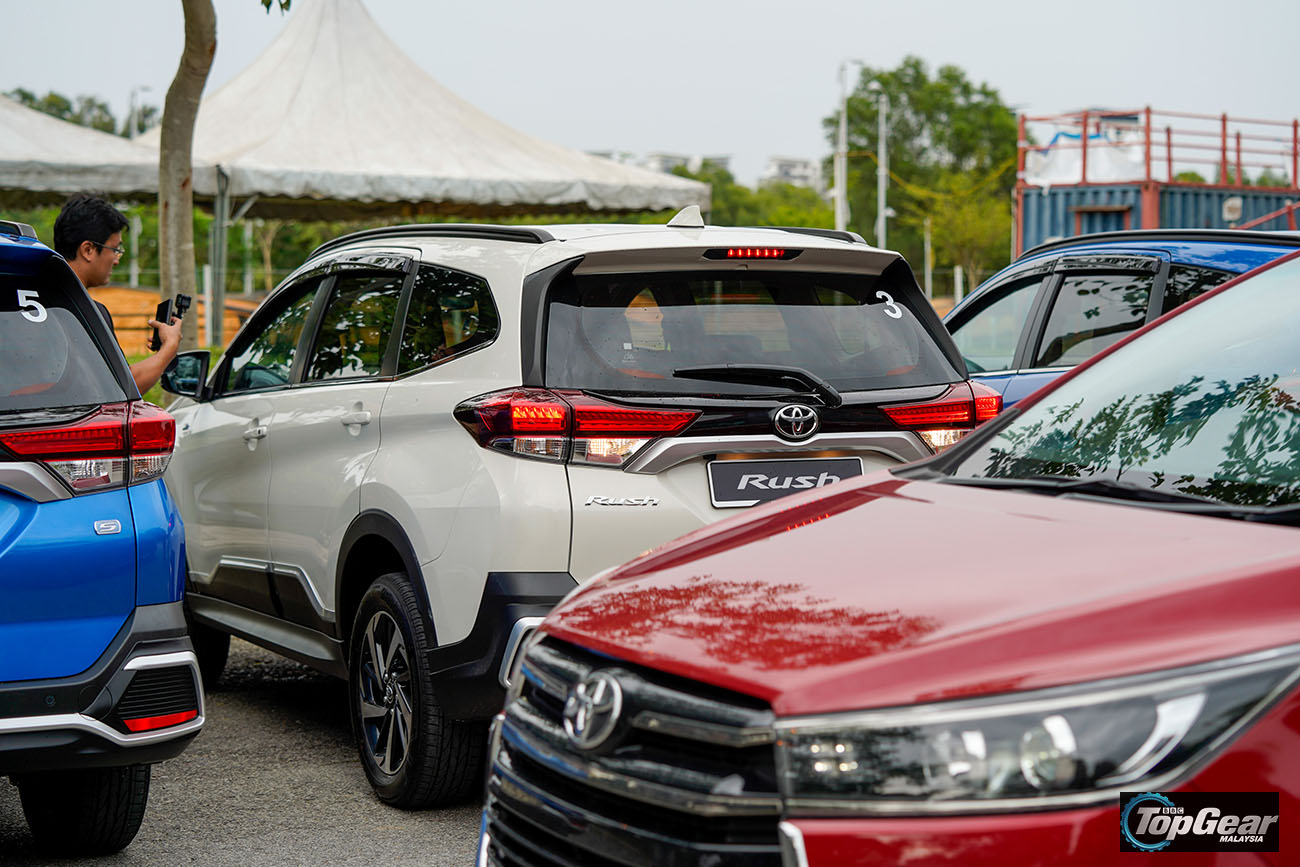
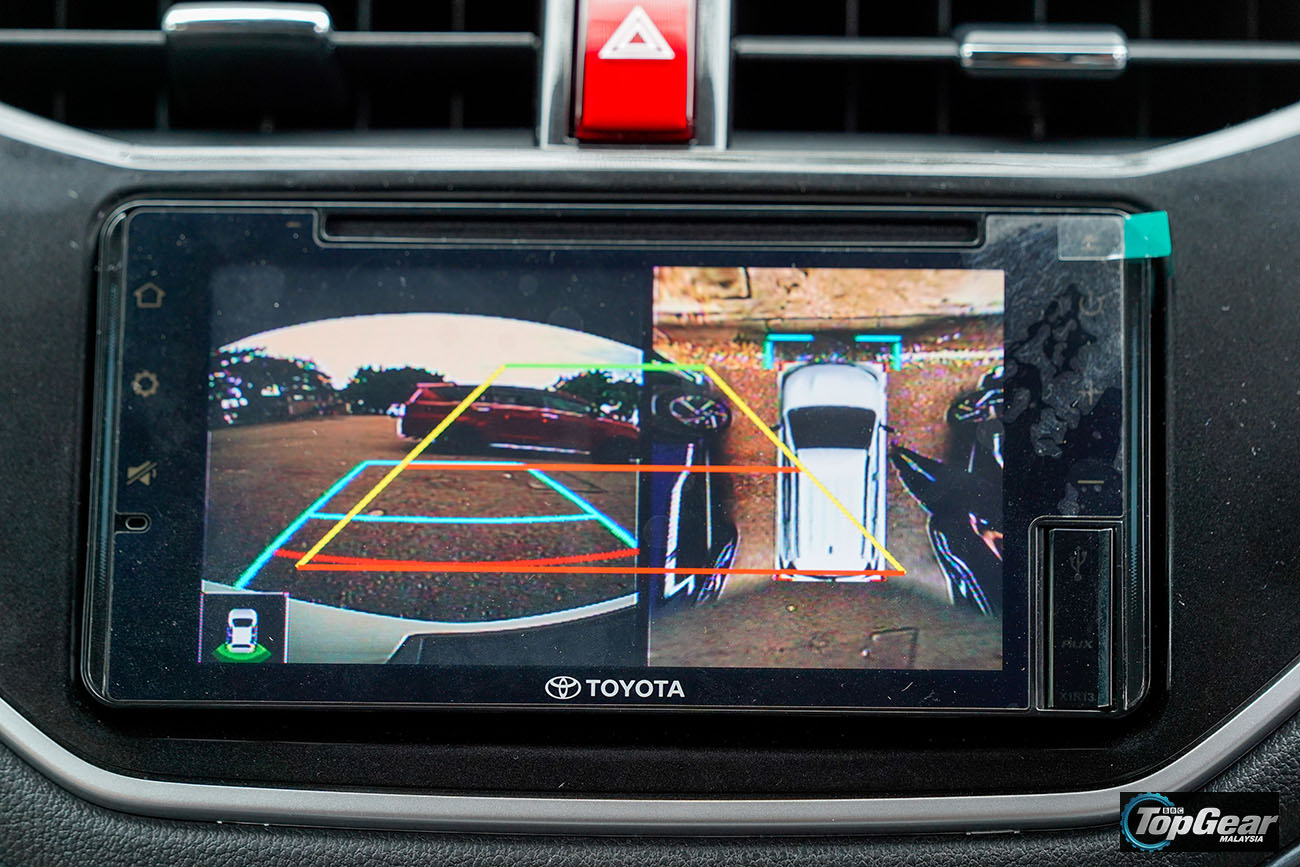
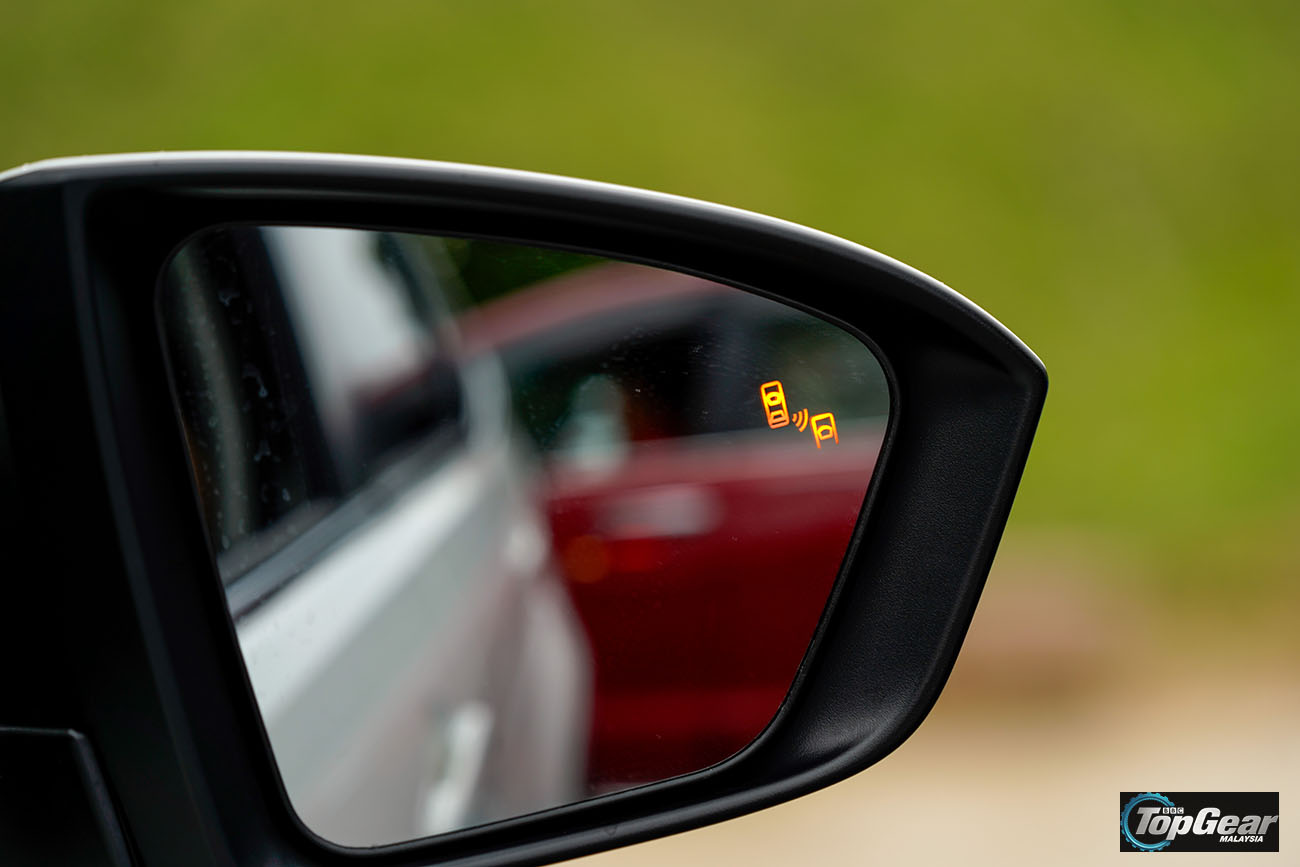
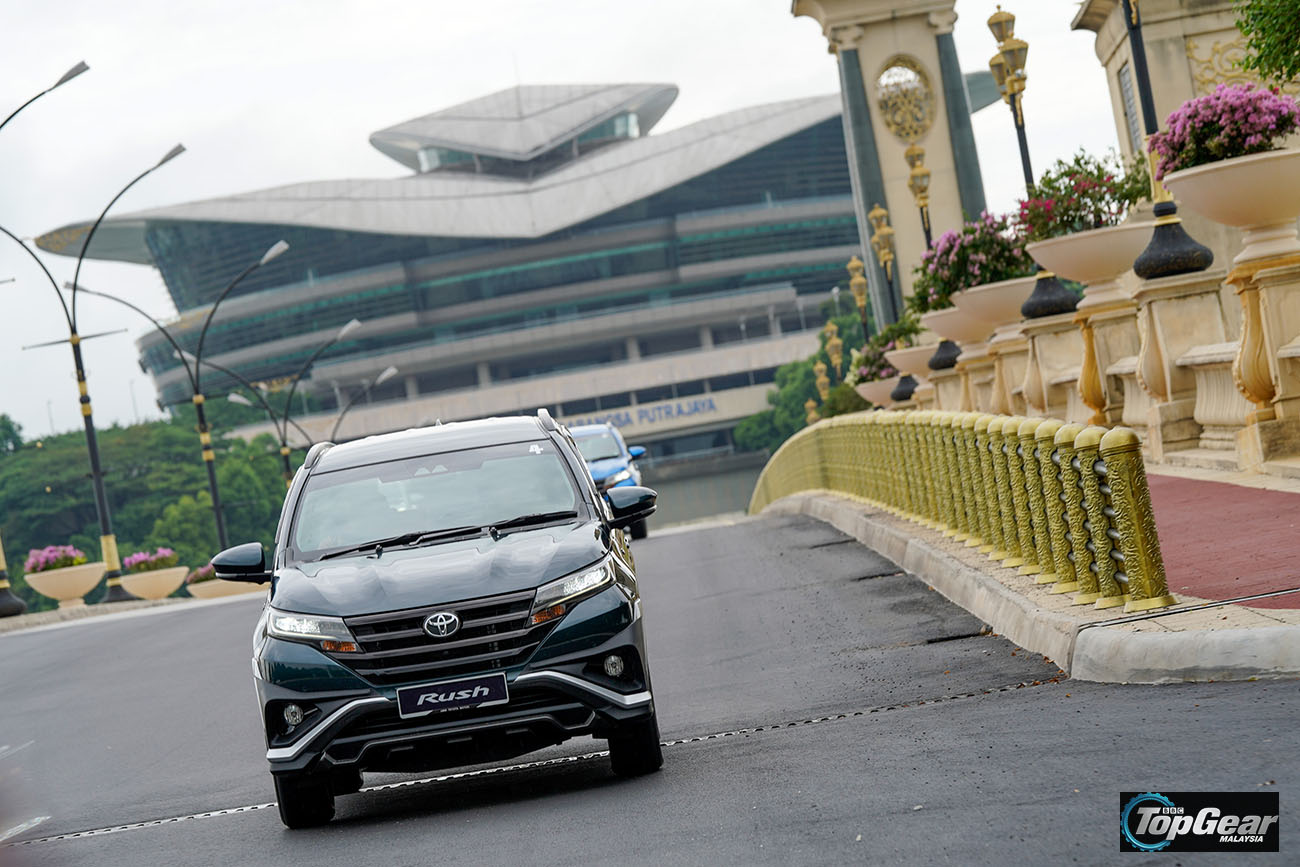
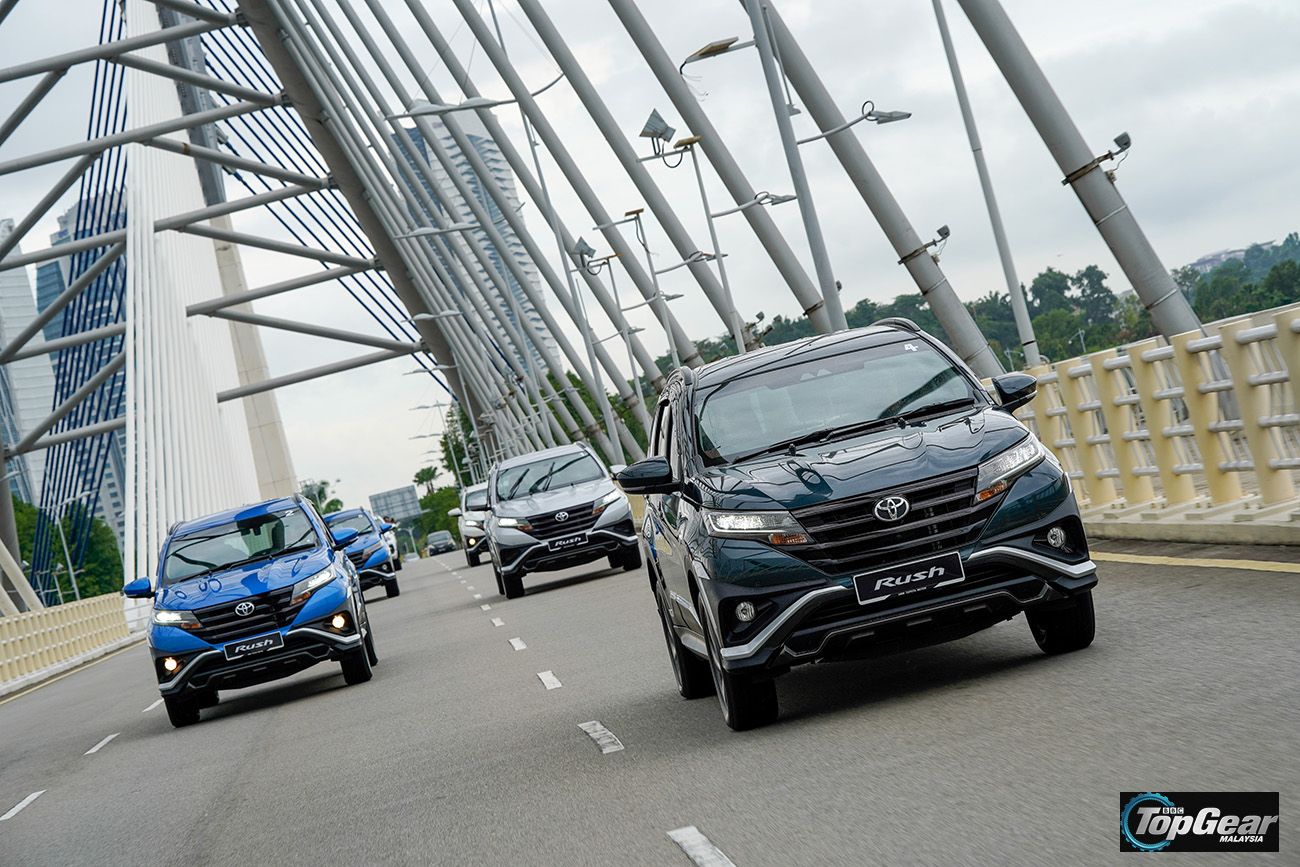
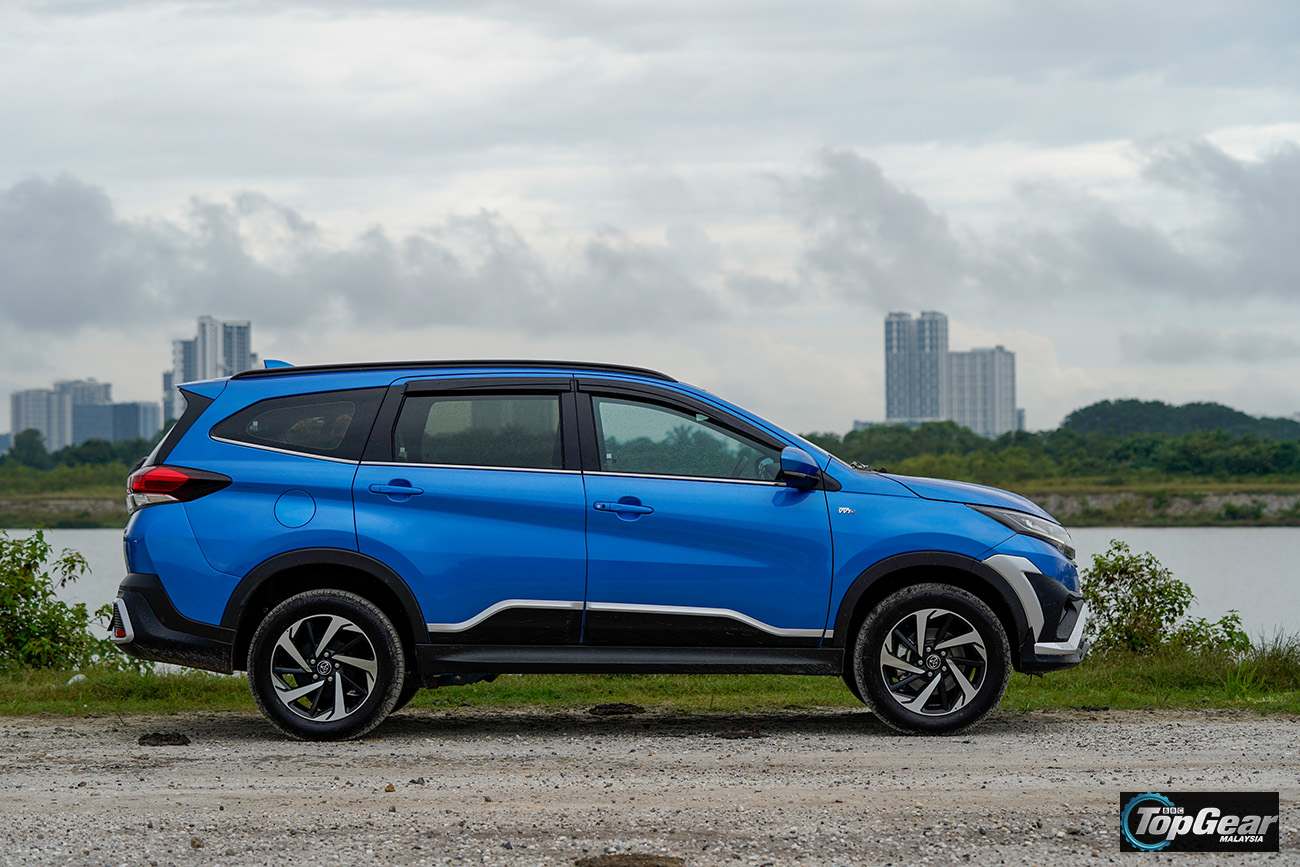
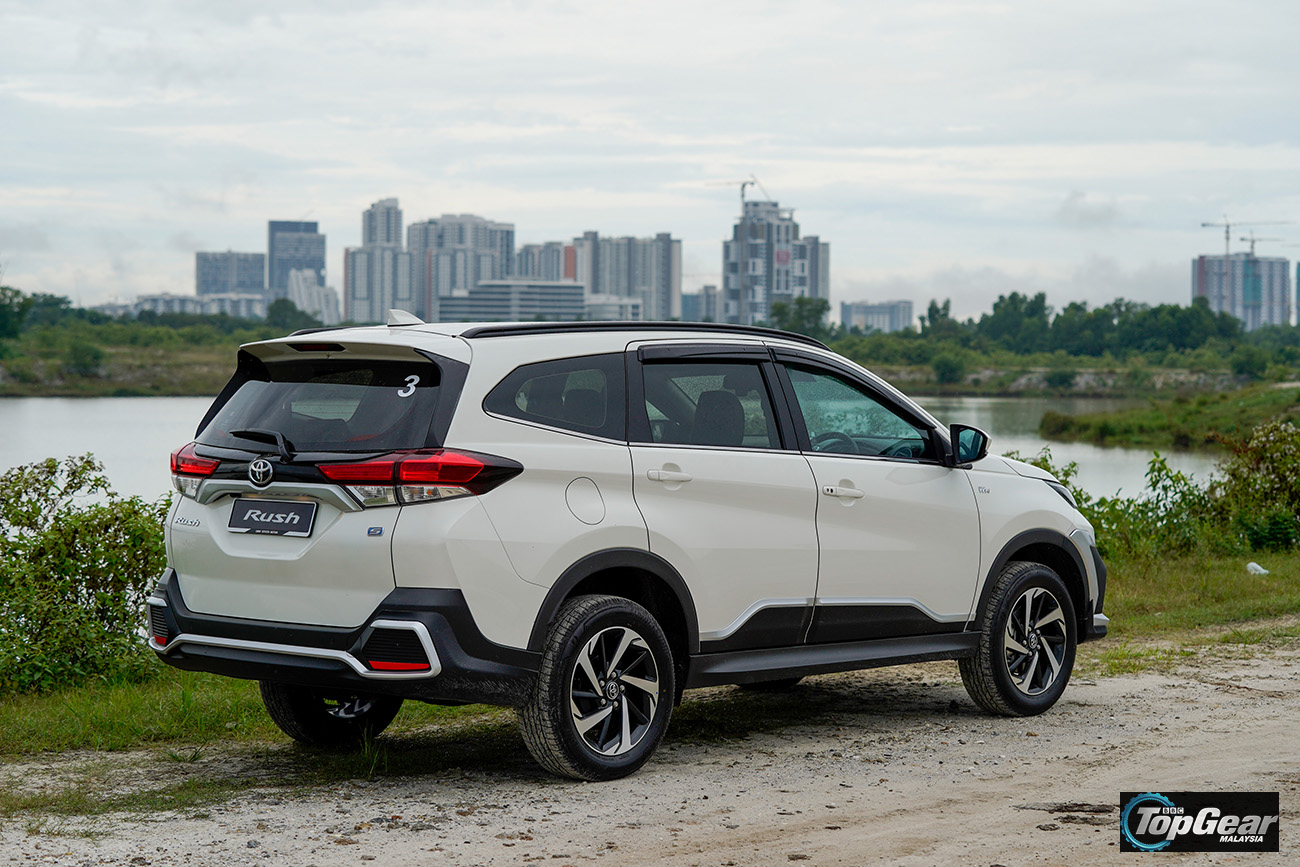
Overall, it looks more premium with 17-inch wheels, dark chrome grille plus LEDs for headlamps and rear combination lights.
Fortunately, the new Rush is more than just an upgrade exercise in design and physical appearance. It now offers plenty of tech that makes the first-gen model look like a busted calculator. Better yet, the serious stuffs are for safety – pre-collision system, blind-spot monitor with rear cross traffic alert, panoramic view monitor, plus six airbags. All this is packaged in yet another fancy name Toyota calls 360-T. You’ll see it more from now on as the carmaker will eventually roll it out in more and more models.
It now offers plenty of tech that makes the first-gen model look like a busted calculator.
The reality tonic does kick in the moment you start driving. That 1.5-litre petrol engine is just there to do its job. Nothing fancy – no turbo, no stratospheric rev range, just 105ps and 136Nm which on a three-lane highway is of left- and middle-lane talent. Overtaking, I can vouch, would take some planning… and time. It also explains how the Rush can get away with using a 4-speed auto because no one would actually miss another forward ratio. And it is still a frugal engine with Toyota claiming an average fuel consumption of 15.6 kilometres per litre, or 6.4 litre/100km, earning it the Energy Efficient Vehicle (EEV) certification.
Yet, this is the sort of powertrain that a typical Rush buyer would appreciate. It’s not scary, keeps the driver honest, and ideal to crush any cheap thrills one might be motivated to experiment with it being rear-wheel drive. There’s refinement too with better controlled NVH (Noise, Vibration, Harshness) and an easy-to-find optimal driving position.
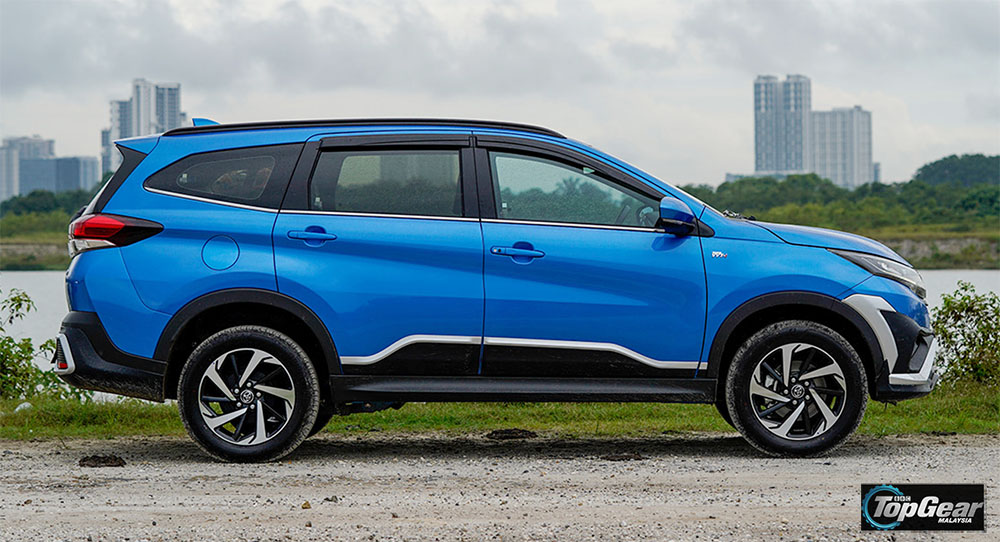
It doesn’t have the most inspiring dashboard design although that can be overlooked thanks to an increasing kit count, including the digital video recorder, 6.8 inch touchscreen (the entertainment unit can mirror your smartphone too), and Toyota AutoTag which is the integrated toll payment system.
True, the Rush is not designed to wow anyone for its driving. Like I said, there’s just not enough power and SUVs in this price range are not known to be setting lap times on the Nordschleife anyway. There’s thirteen cupholders mind you, and the two third row seats tumble forward with absolutely no attempt of hiding itself. This is an SUV that doesn’t want to be called ‘sporty’ or ‘refined’, it just wants to make short stays in Toyota showrooms before settling down ferrying children and hauling the week’s groceries with as many safety features thrown in.
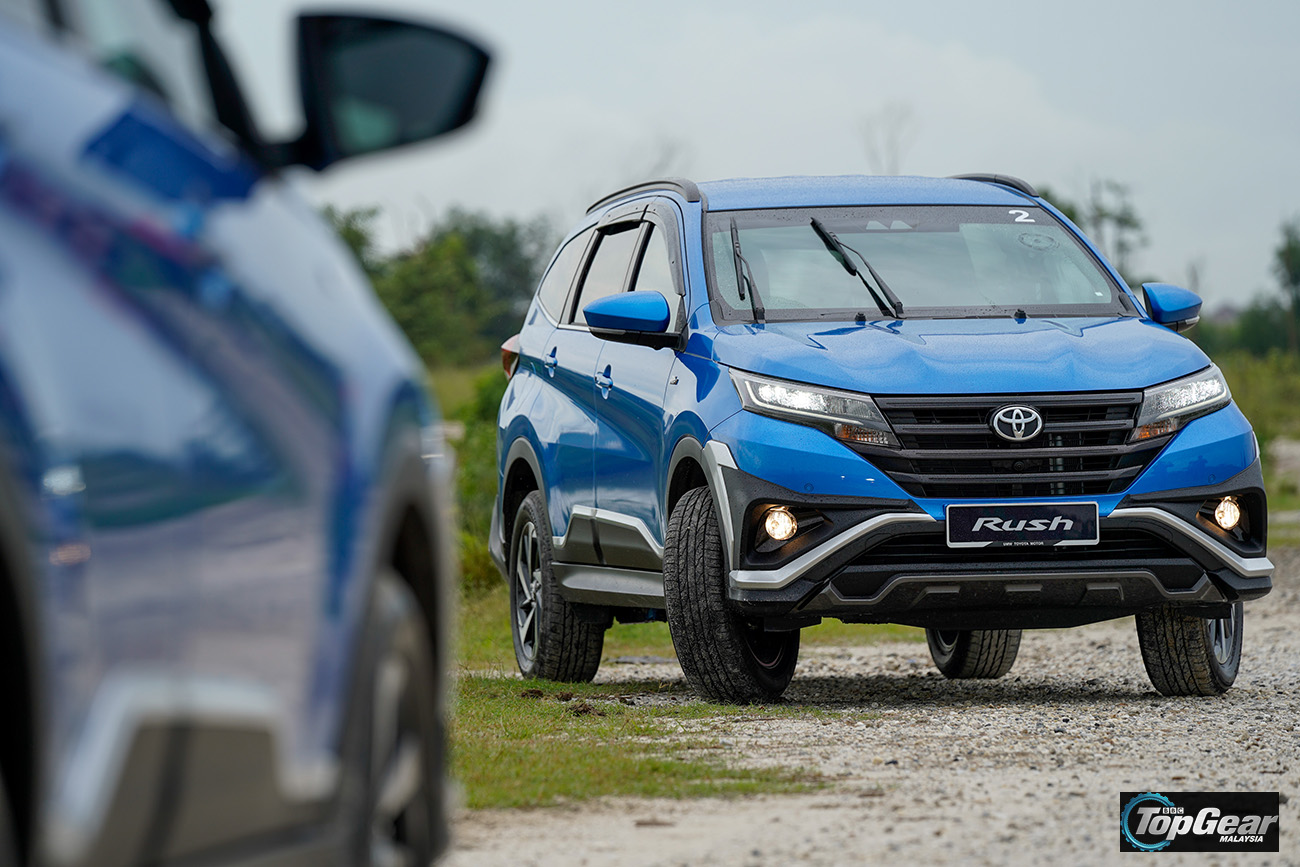
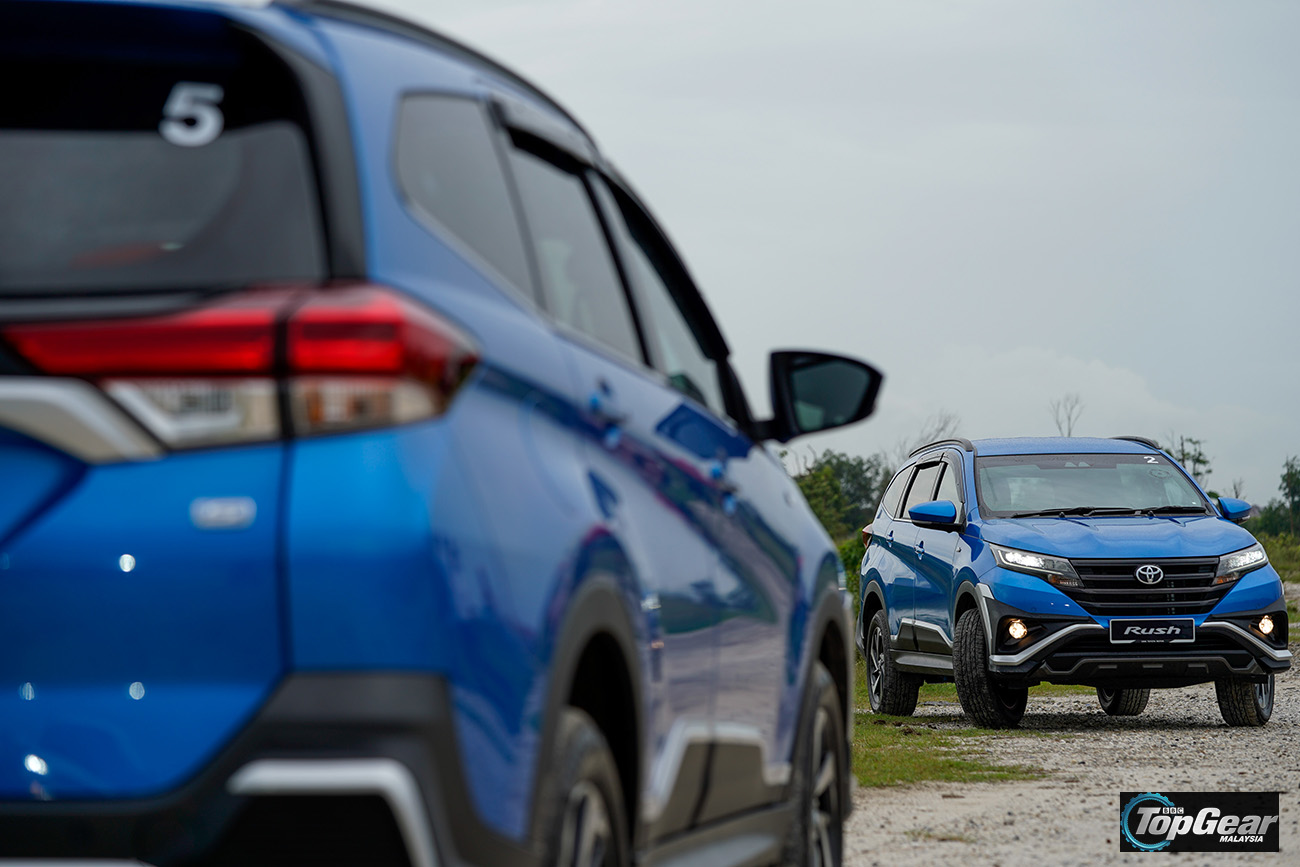
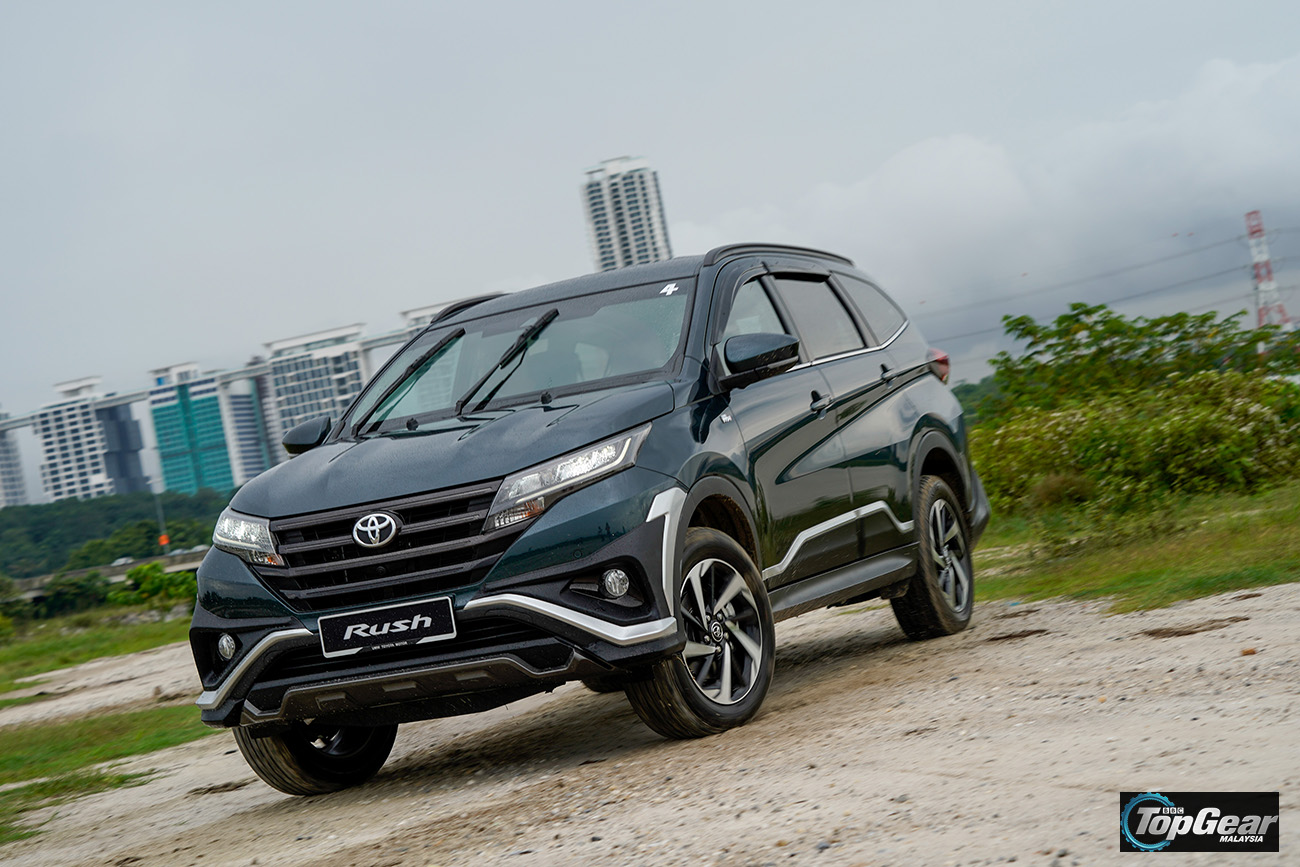
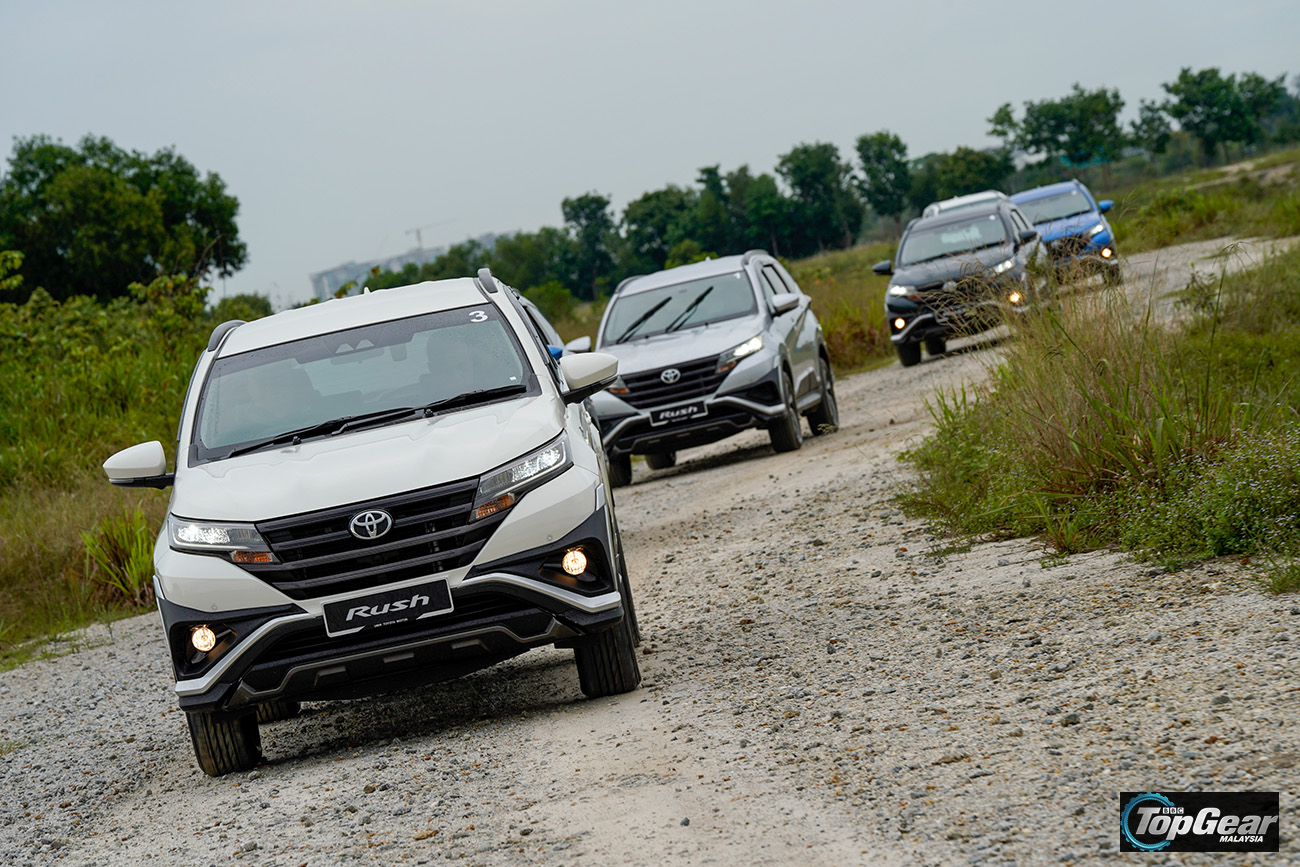
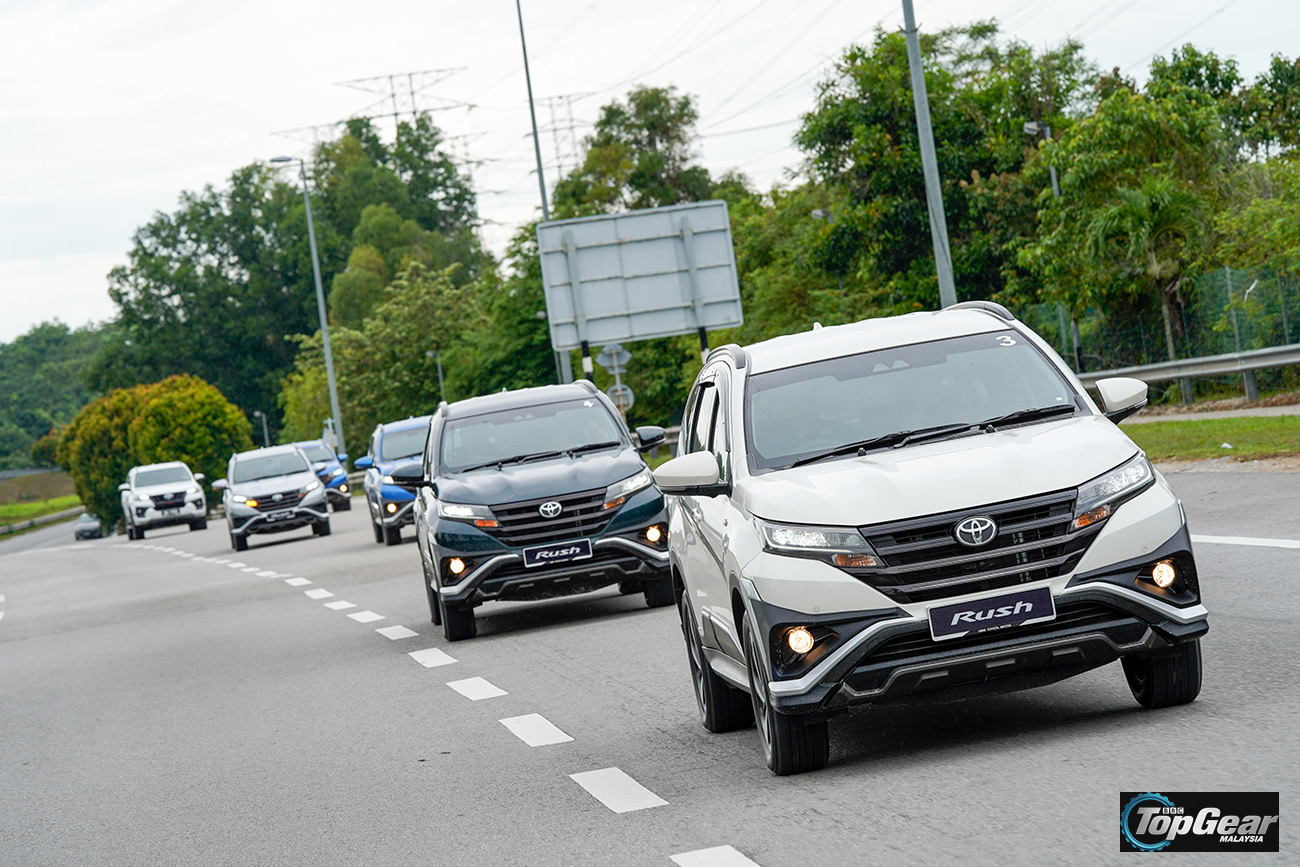
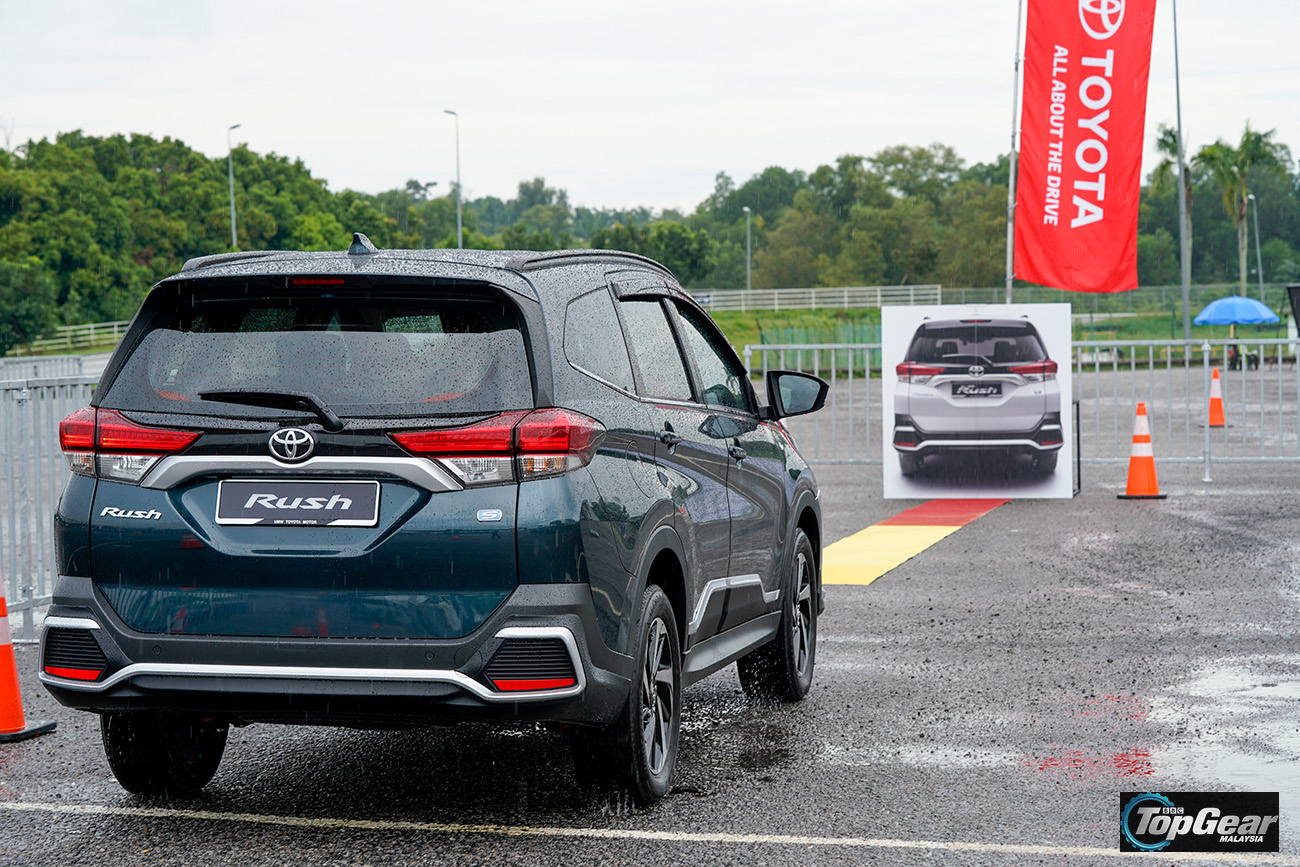
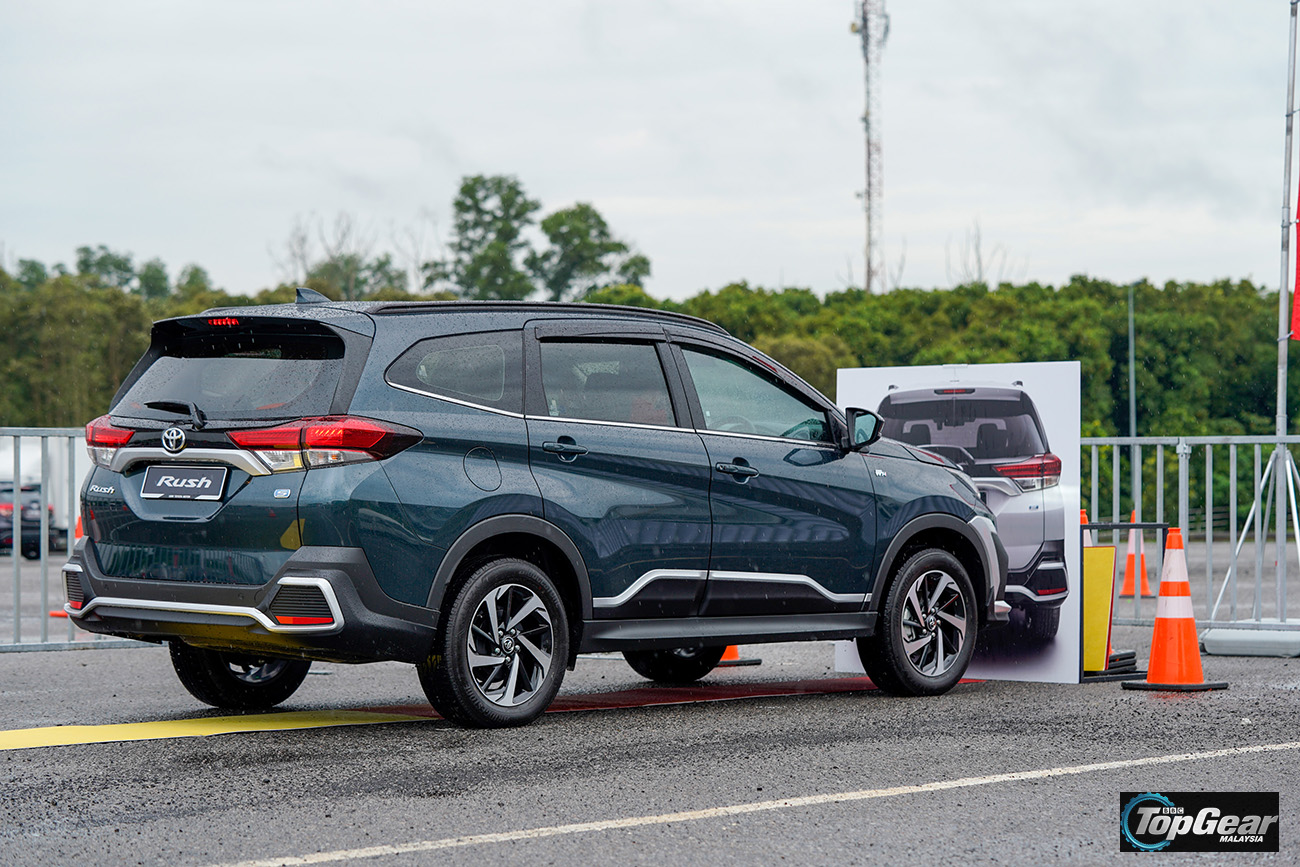
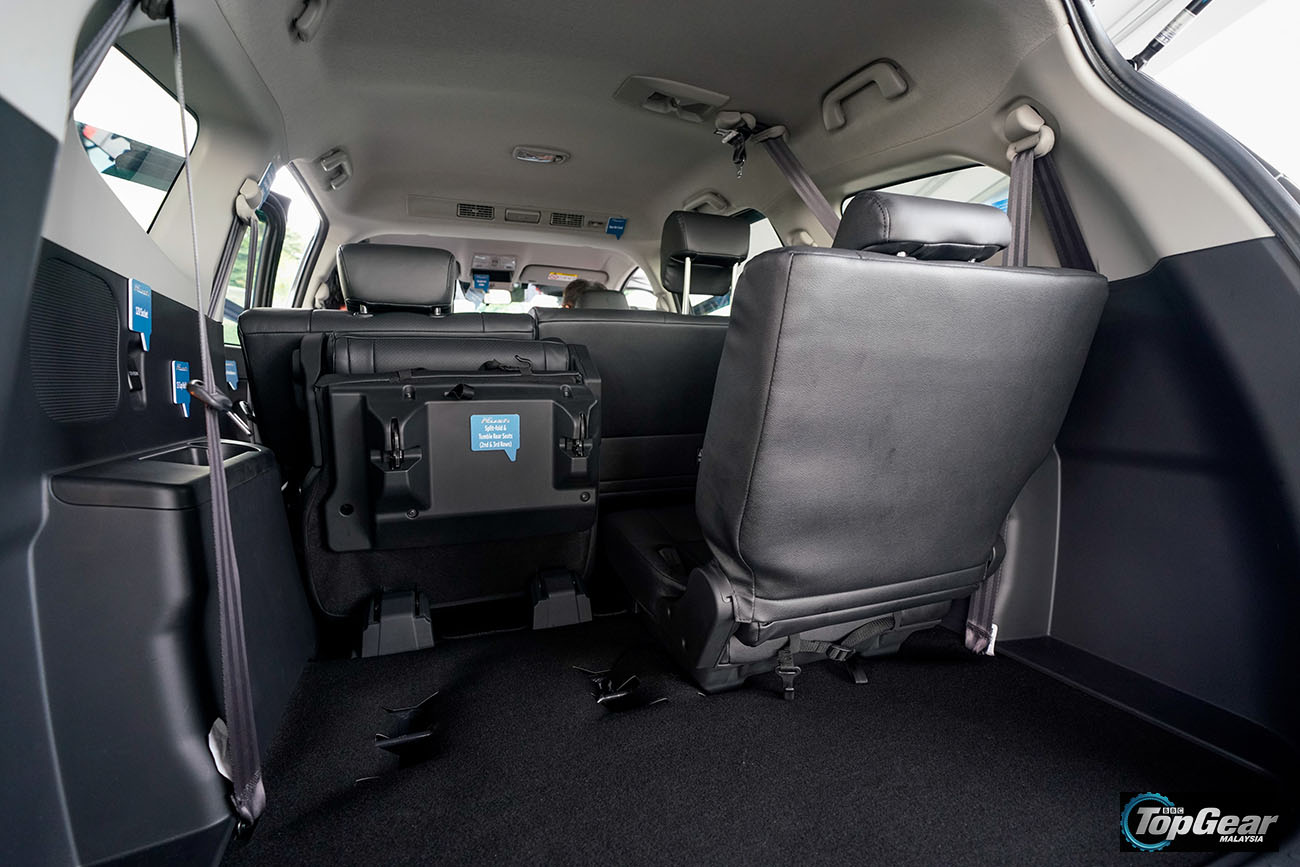
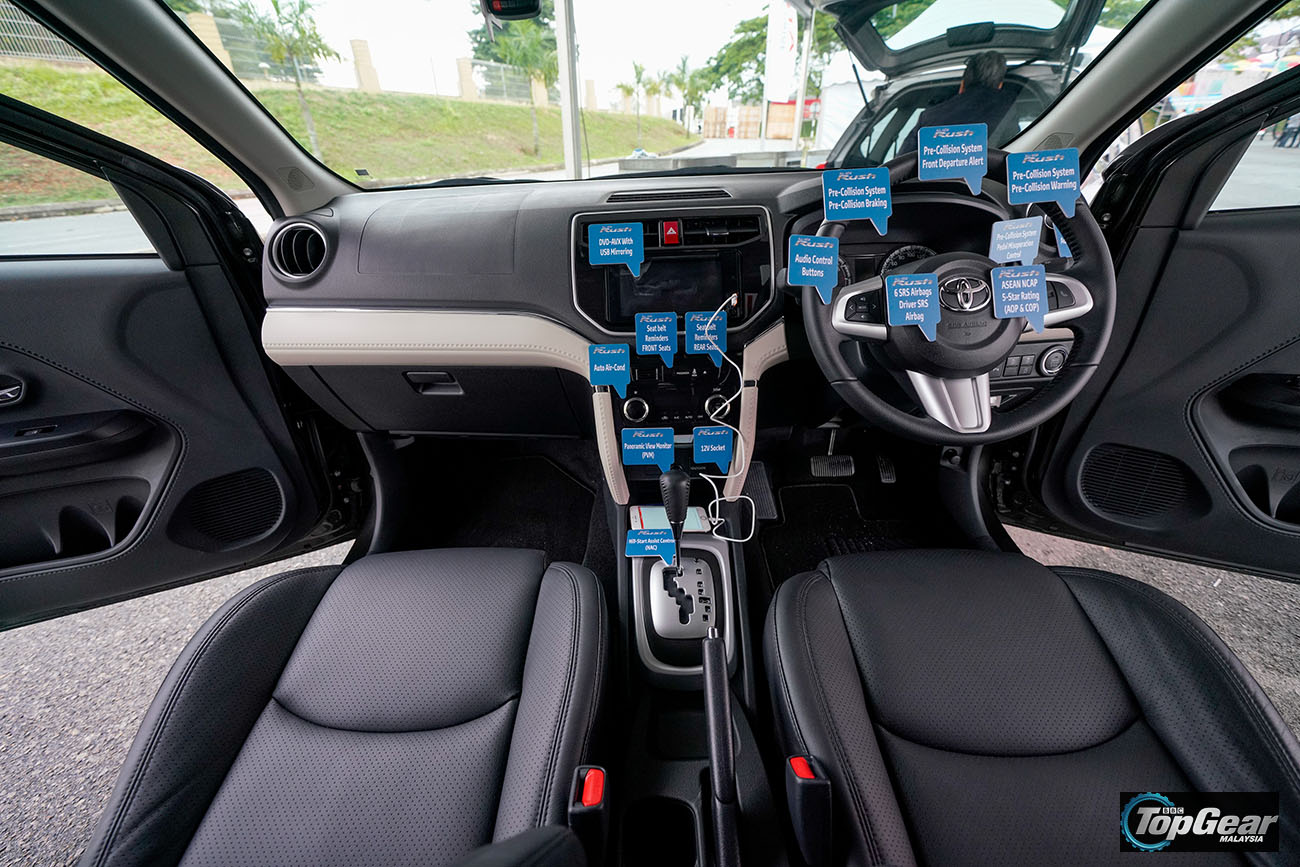
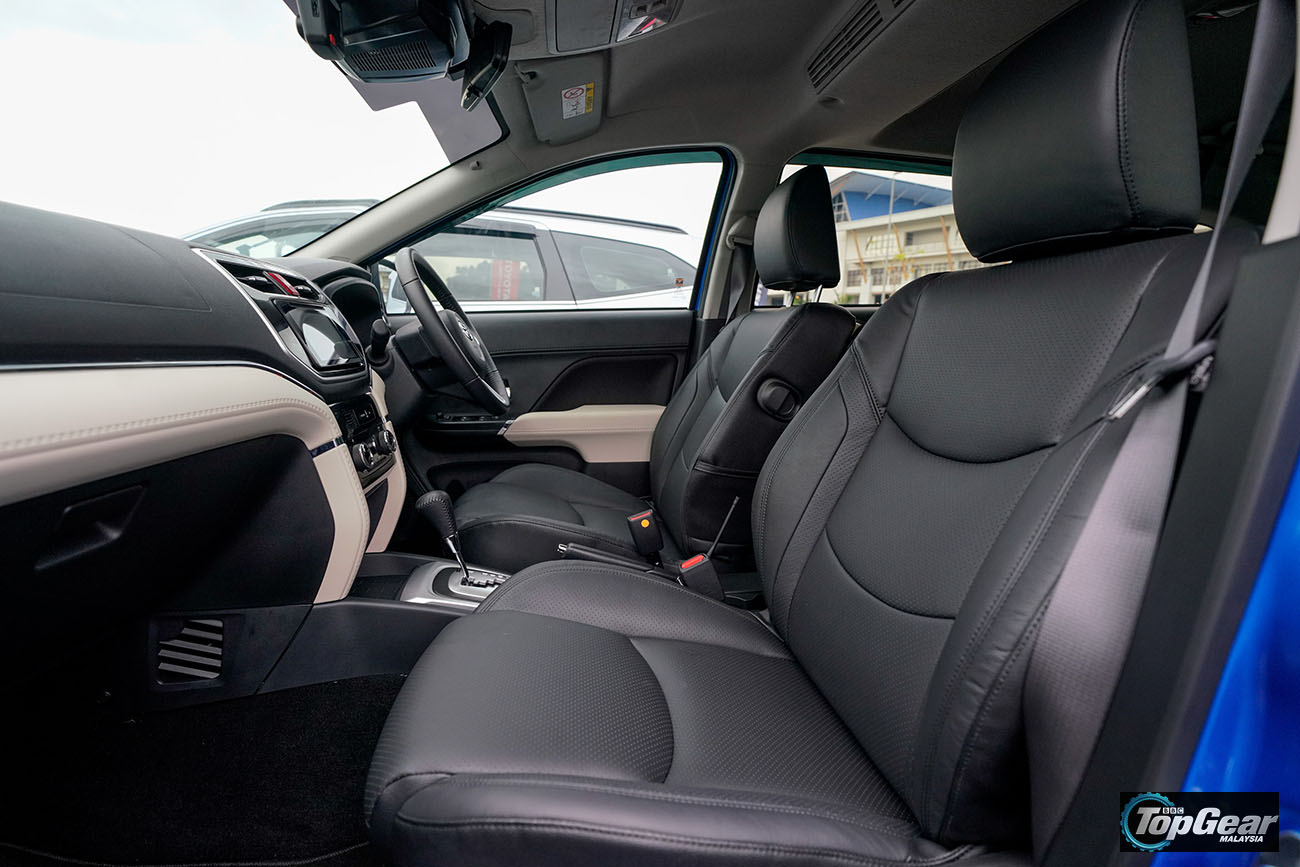
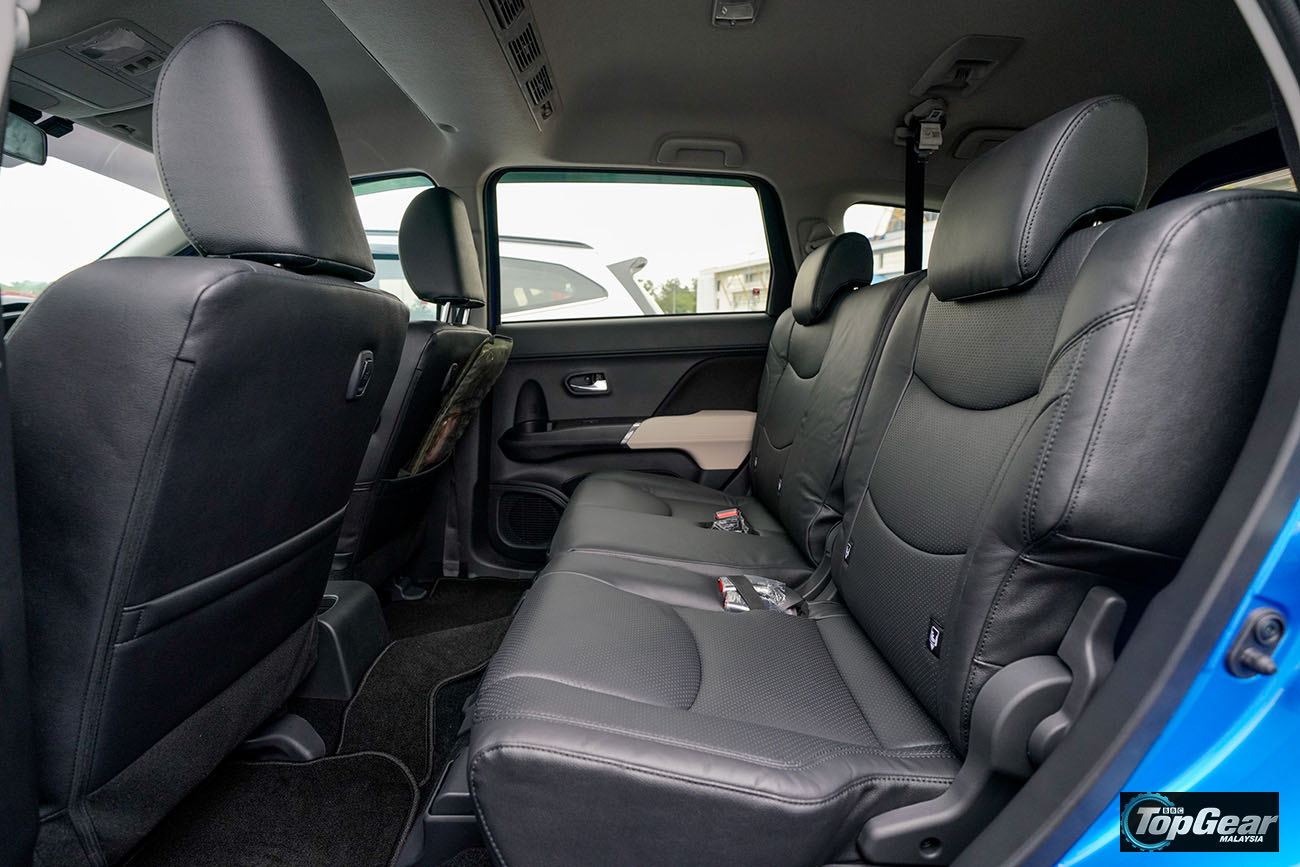
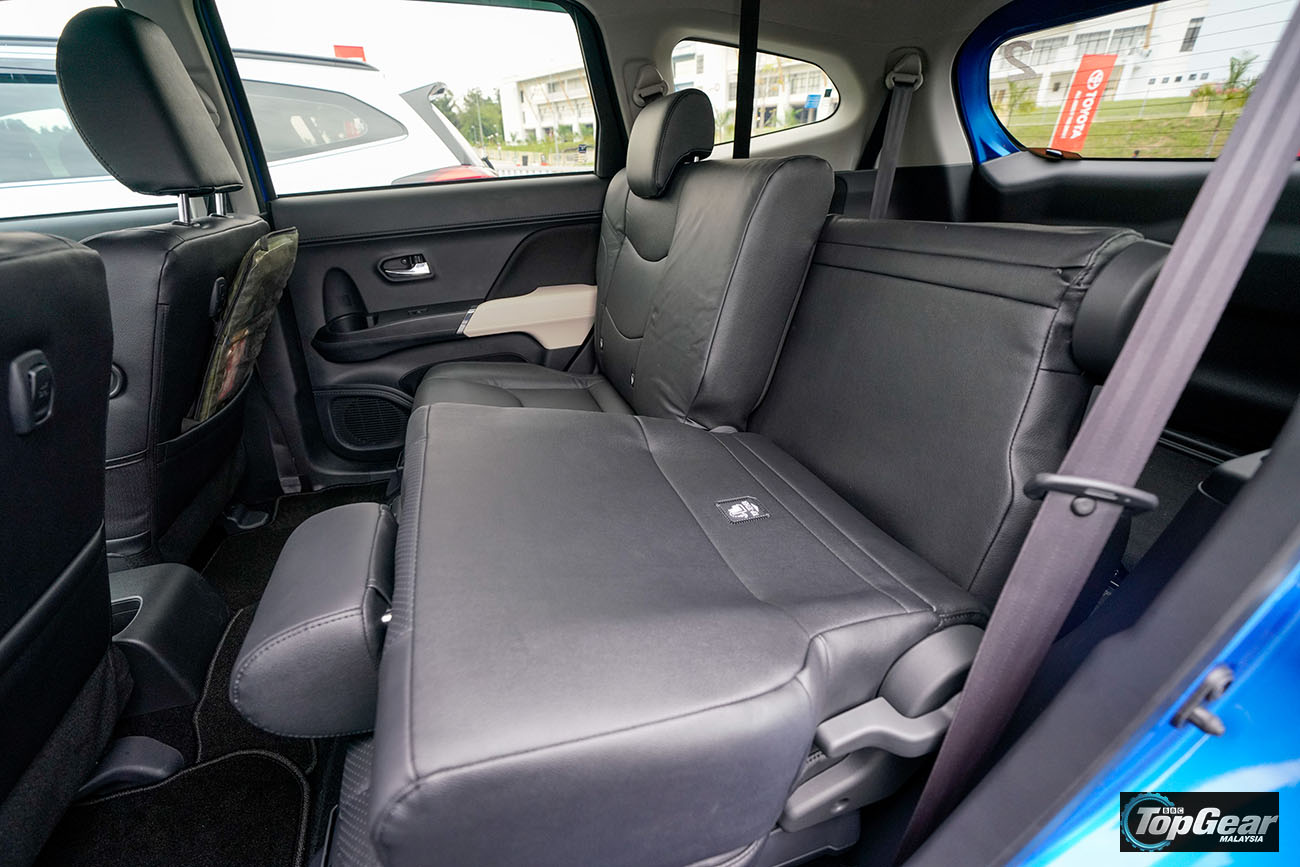
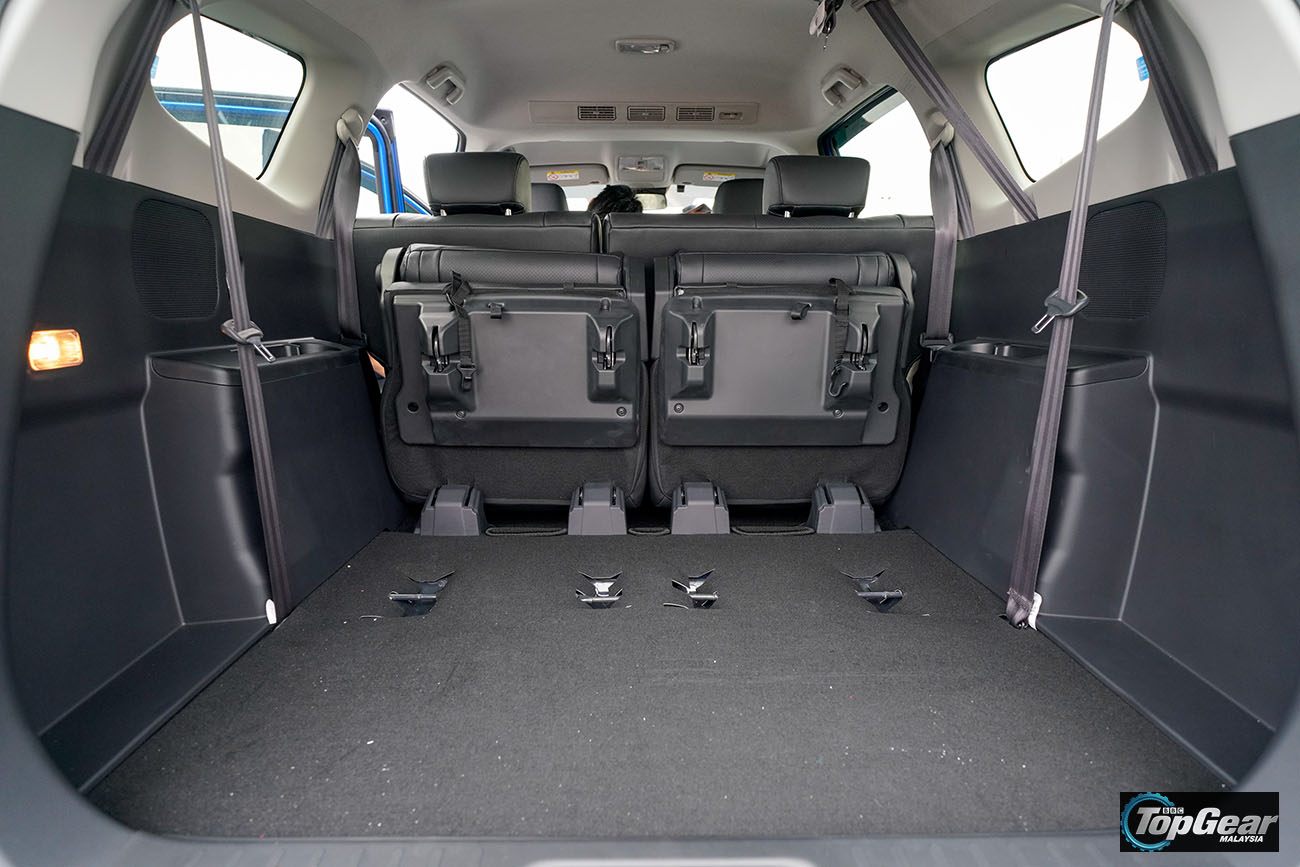
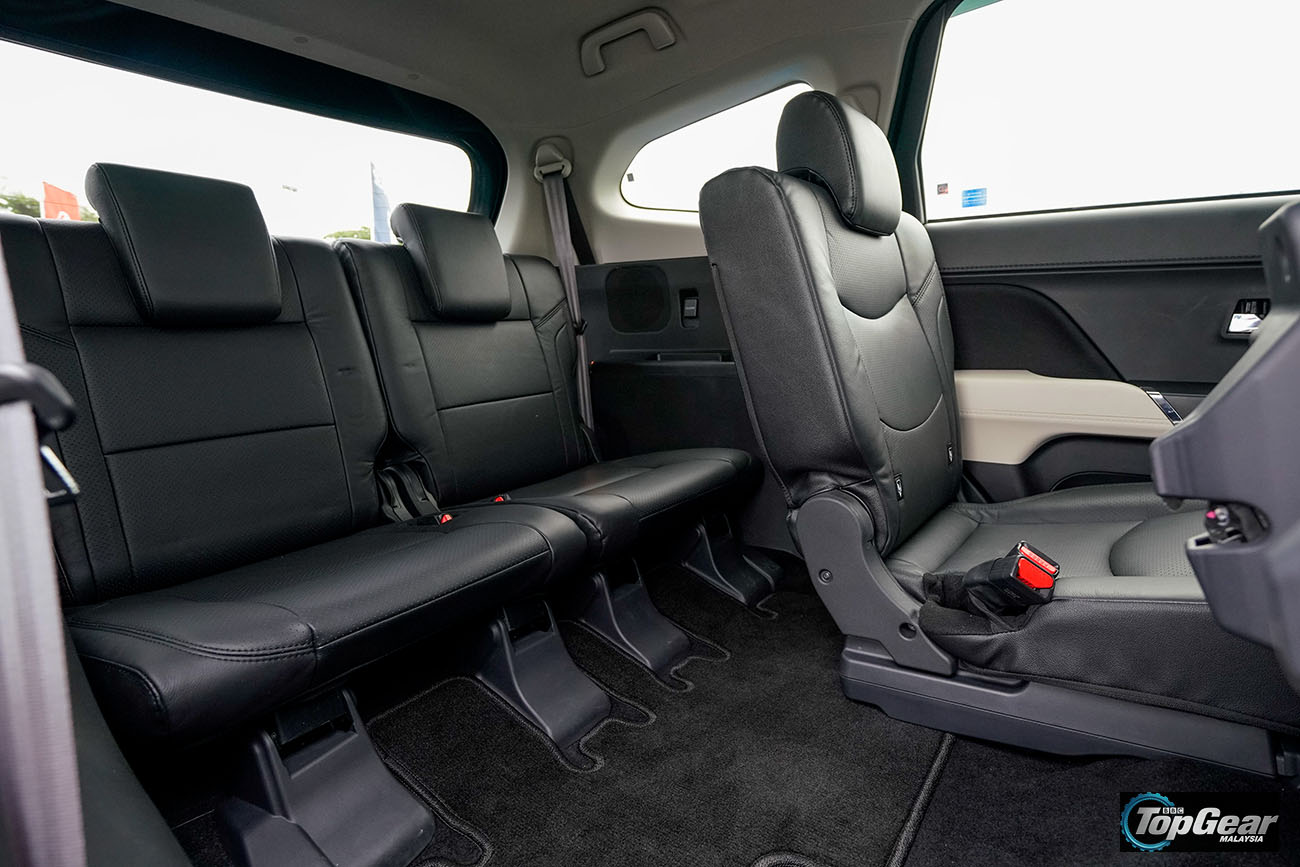
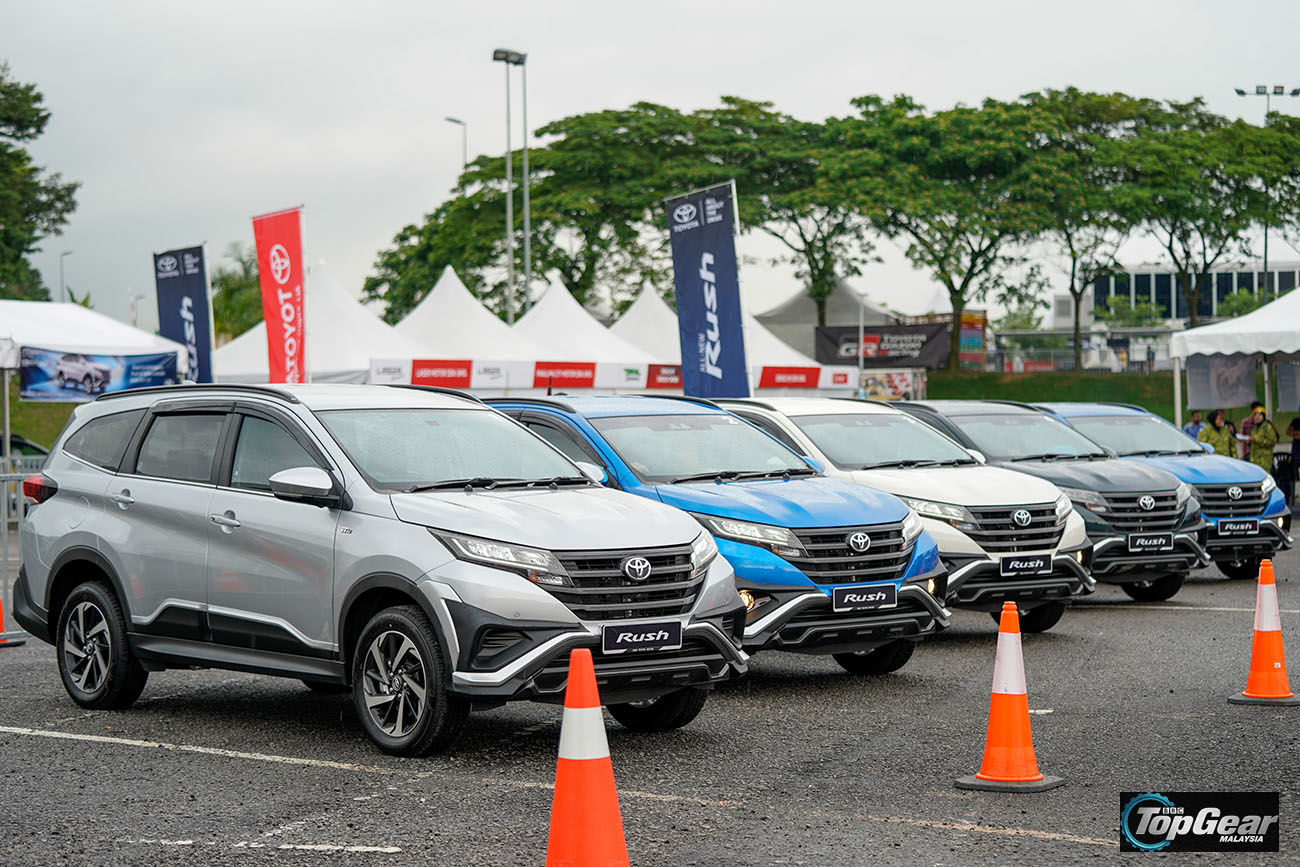
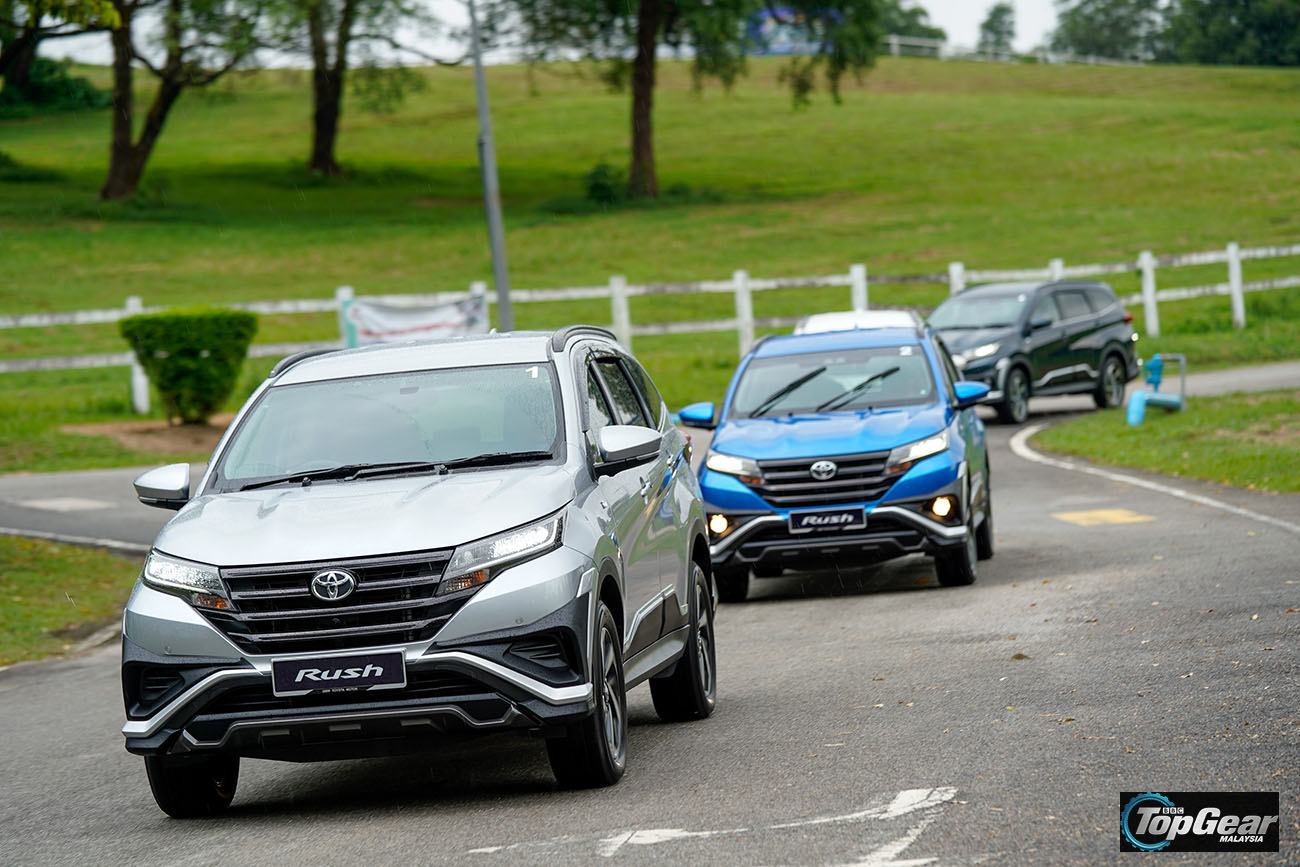
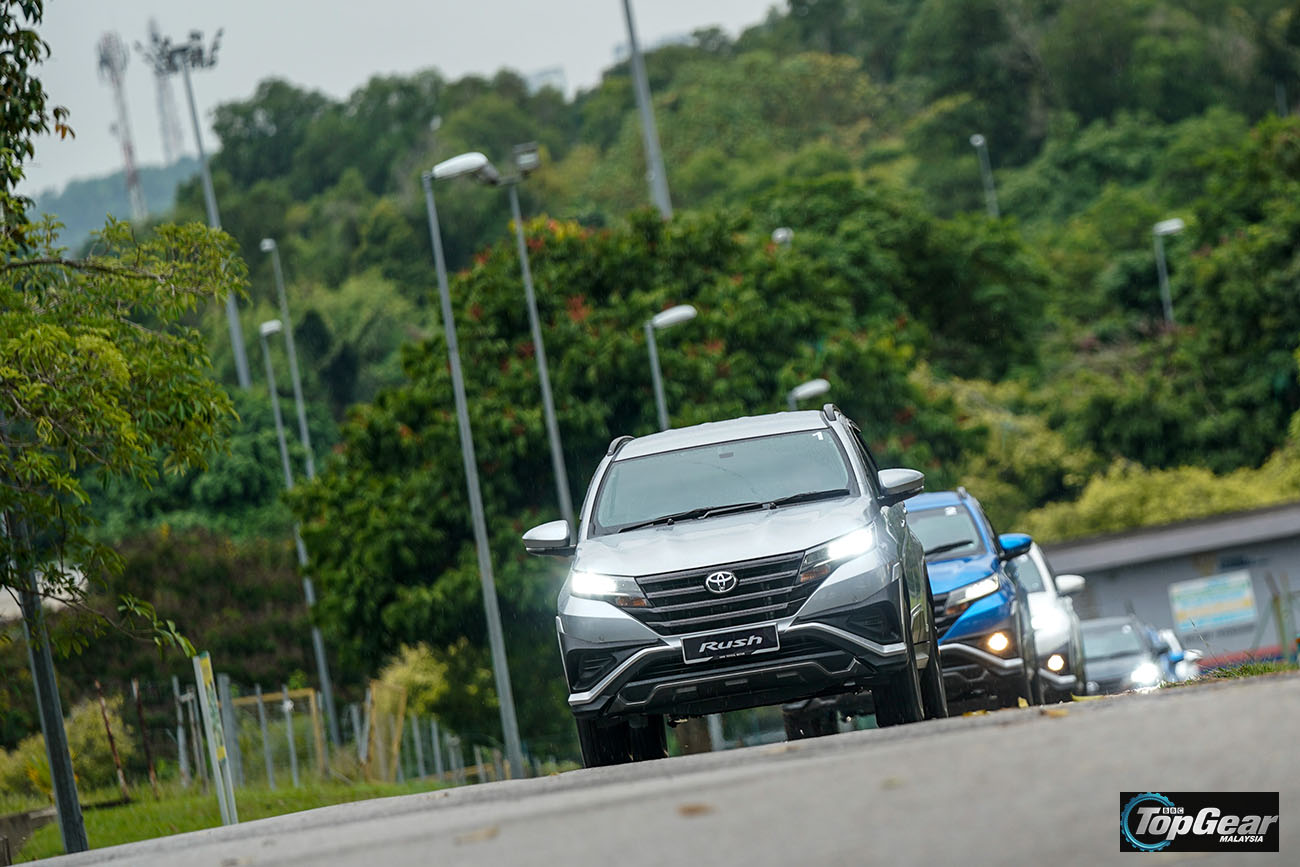
SPECS
| Engine | 1,496cc, 4-cylinder, RWD, 105ps, 136Nm |
| Price | RM98,000 |
| Fuel efficiency | 6.4L/100km (claimed) |
| Performance | NA |
| Weight | 1,305kg |

